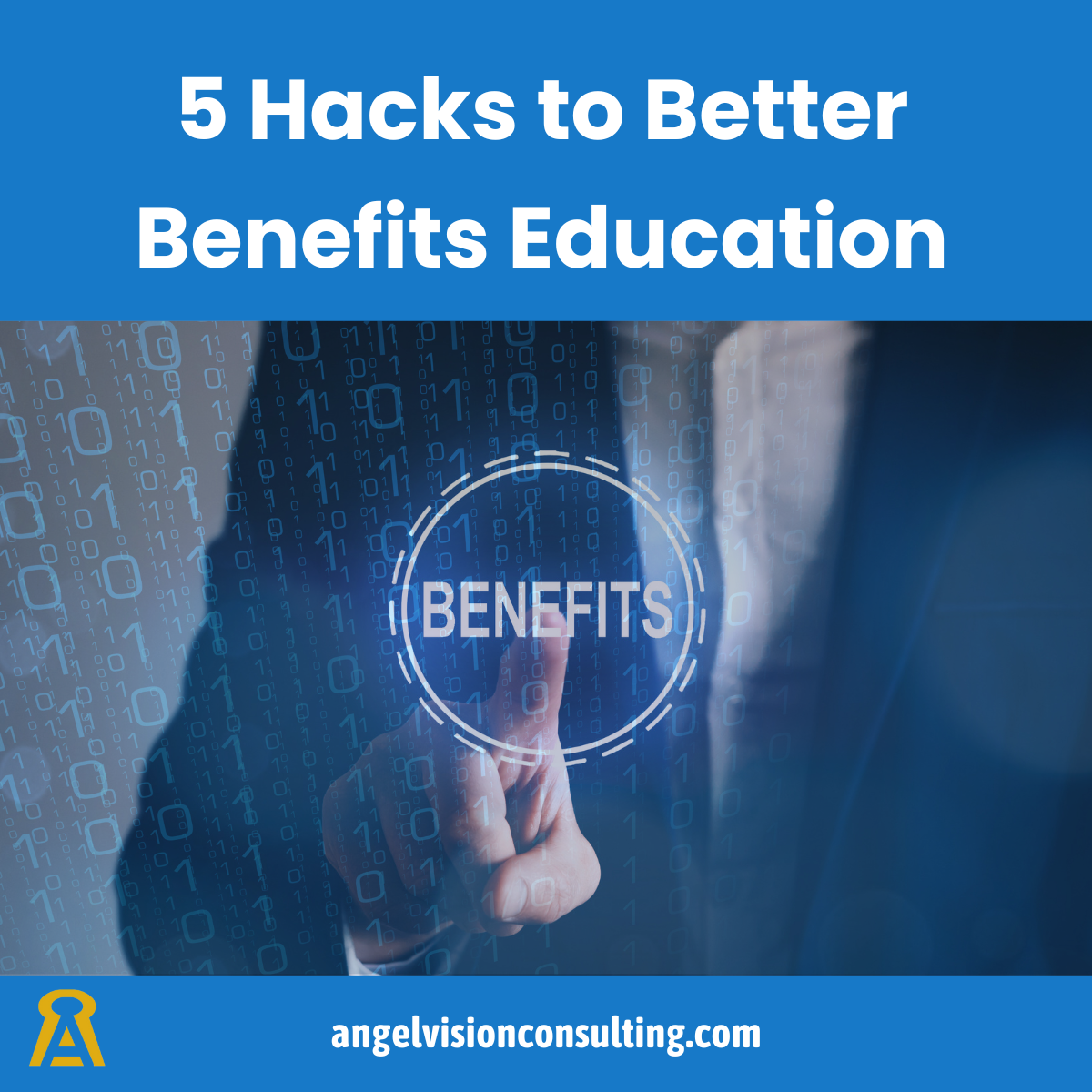15 Benefits Tips for the Final 15 Weeks of 2025
This is a subtitle for your new post
As we enter the final stretch of 2025, benefits professionals are balancing open enrollment, plan renewals, compliance updates, and strategic planning — all while navigating shifting employee needs. With just 15 weeks left in the year, here are 15 actionable tips to help you close strong and start 2026 with clarity, confidence, and compassion.
1. Check-in with your vendor partners – Identify key dates, deadlines and milestones.
A successful year-end and open enrollment starts with a clear plan and alignment with your vendors—carriers, benefit admin platforms, payroll vendors, account administrators, and other ancillary benefits vendors. Double-check deadlines for enrollments, create a communication calendar, schedule benefits meetings, and set internal review cycles. Align your calendar with internal teams such as finance, HR, communications and leadership to avoid last-minute surprises.
2. Confirm Data Feeds and Integrations
Ensure eligibility files, payroll deductions, and vendor integrations are syncing properly and contain expected values. Clean data and active data feeds now prevents year-end scrambling and January headaches. If you have new vendor relationships, make sure you understand when feeds will go live and what the back-up plan is if there are delays.
3. Reminders and Early Education on Consumer-Driven Accounts
Health Savings Accounts (HSA), Flexible Spending Accounts (FSA), and lifestyle accounts can get lost in the shuffle during open-enrollment and throughout the year. For existing participants, send a quick reminder on how they can use these benefits and key deadlines (if applicable) for contributing or using funds. Ahead of open enrollment, share stories from employees on how they used or benefited from these accounts throughout the year.
4. Update Your Messaging
Review your benefits communications for clarity, empathy, and relevance. What worked last year may feel stale now. Check out Tips for Simplifying the Complex.
5. Look for Automation Opportunities
In the heart of open enrollment, every minute or task avoided is critical. Many of the tools you use every day can be used to automate or simplify manual tasks.
- Data pulls and analytics: Excel and Google Sheets offer script options, macros, pivot tables, and more that can greatly simplify actions and data transformations. A little up-front work can go a long way.
- Data Connectors: For slightly more advanced users, tools like Microsoft Power BI and Zapier can aid business users in connecting systems and data exchange.
- Email Sends: Save time by scheduling email communication sequences and reminders. Email automation tools like MailChimp can aid in automation but also provide valuable insights regarding engagement. If a separate email program is out of scope, look at your email client for opportunities to schedule communications or use rules for managing replies.
6. Confirm Compliance and Any Limit Updates
Check ACA filings, nondiscrimination testing, contribution limits, COBRA notices and COBRA open enrollment, and any state-specific mandates. Partner with legal or compliance early.
7. Test Your Processes and Employee Experience
Open Enrollment can become very operational or task oriented. Don’t forget that open enrollment is about providing ‘benefits’ to employees. Ask: “What’s it like to enroll in our benefits?” Test your own process. Look for friction points, confusion, or missed opportunities to delight. Recruit a few newer employees to give feedback. Often, there are blind spots that we don’t even realize.
8. Educate Leadership Teams and Other Benefits Advocates
Benefits are complex. Employees will have questions. Arm leaders and other benefits advocates with information, frequently asked questions and resources can reduce the load on a benefits administrator.
9. Reassess Eligibility Rules and Plan Documentation
Life changes, mergers, changes to workforce dynamics, or modifications to regulatory requirements may all trigger updates to who qualifies for what. Don’t assume last year’s rules and plan documentation still apply.
10. Make Required Actions Clear
In recent years, more employers have moved to an active enrollment approach which requires employees to actively select and reenroll in benefits each year. Employees should not assume that the benefits they had will carry over. Make it clear what benefits employees must enroll in and/or reset an election.
11. Review Your Data
As the end of open enrollment nears, it is important to review your data and look for any abnormalities while changes can still occur.
- Are enrollment rates on par with prior years?
- Are there unexpected trends in what employees have elected?
- Do the benefits generally align with the employee demographics? For example, individuals enrolling in Dependent Care FSAs must have eligible dependents. A quick review, might trigger an outreach opportunity.
12. Celebrate Small Wins
Did you improve enrollment rates? Launch a new program? Reduce manual work? Share it. Clear, transparent communication builds trust and increases momentum among other employees that have not yet taken action.
13. Create an Ongoing Communication Calendar
Open enrollment cannot cover all benefit details employees need to know or prompt them to act on everything. A clear communication plan throughout the year can help break down the critical information for open enrollment from the best practice tips that can aid in use throughout the year. Download Communication Calendar Template.
14. Protect Your Energy
Year-end is intense. Block time for deep work, delegate where possible, and build in recovery. Your clarity and calm help others thrive.
15. Consider a Communication Partner
You are not alone. Open enrollment and year-end are a crazy time. It is ok to lean on a trusted partner for a little help. Angel Vision LLC and Becky Seefeldt are available to assist in your communication planning. You’re not just managing plans — you’re guiding people through life’s transitions.


